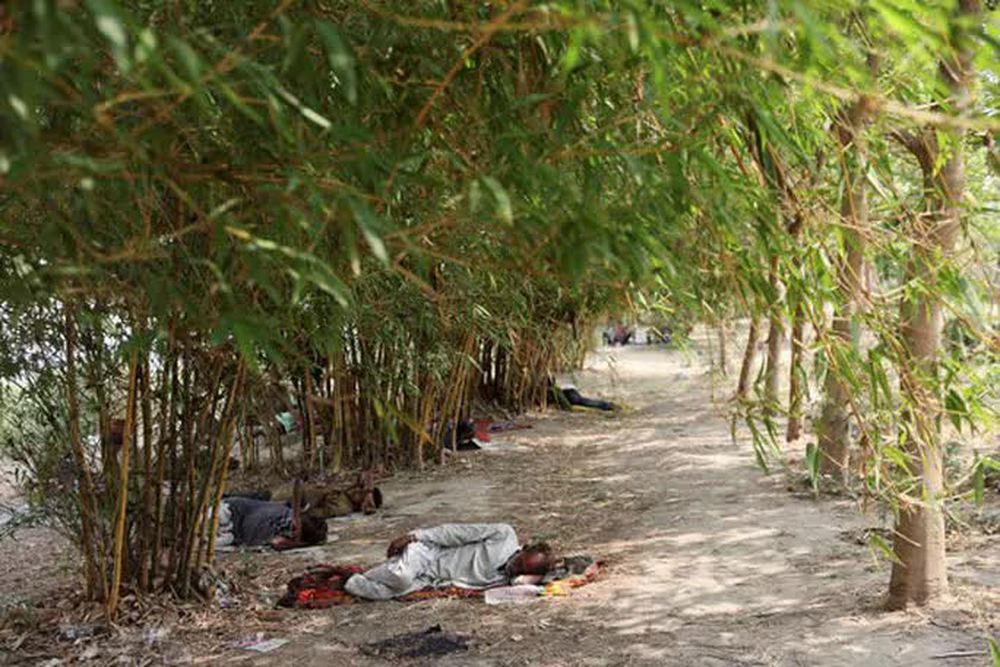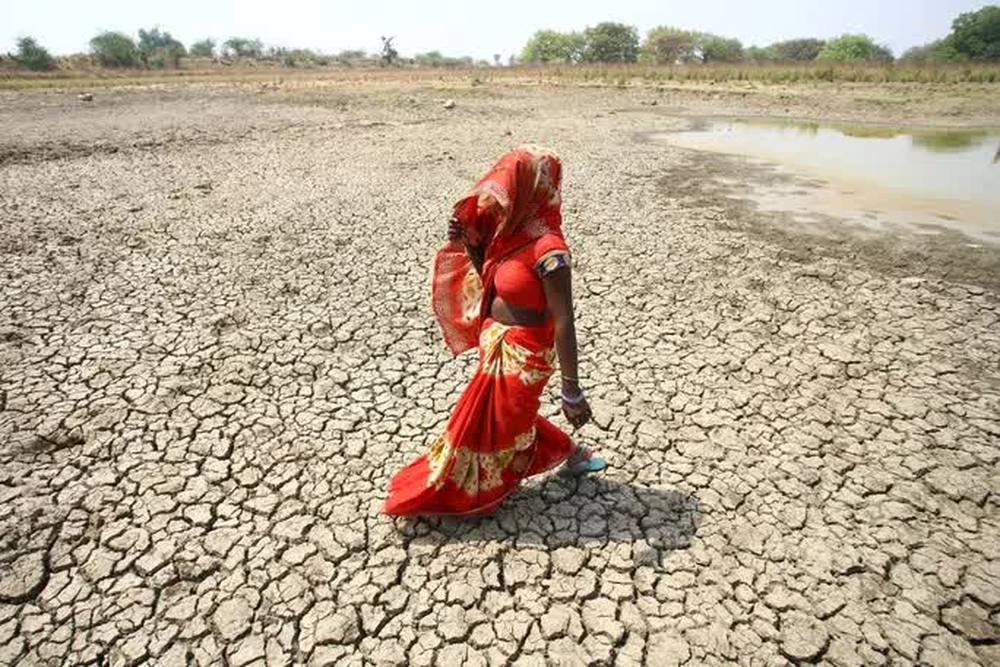The World Meteorological Organization (WMO)’s Global Climate Report 2021 has just released showing that key global indicators of climate have broken records in 2021.
Heat wave obsession
The oceans’ acidity has peaked in at least the last 26,000 years, directly threatening wildlife and many coral species, destroying ocean ecosystems, and contributing to the exacerbation of food crises.
CO2 and methane – powerful greenhouse gases – are at record levels, with CO2 50% higher than before the industrial revolution.
WMO also recorded in 2021, fierce heat waves in Western North America, the Mediterranean; deadly floods in China and Western Europe; Rain on top of the Greenland ice sheet for the first time. In 2022, WMO forecasts that eastern Africa is at high risk of not having a fourth consecutive rainy season, meaning the worst drought in 40 years.
Sheet The Guardian Professor Petteri Taalas, WMO Secretary-General, quoted Professor Petteri Taalas, WMO Secretary General: “Human-induced greenhouse gases will warm the planet for generations to come. Some glaciers have reached a point of no return, with long-lasting consequences. in a world where more than 2 billion people are already experiencing water stress.”

People seek shade on the banks of the Yamuna River in New Delhi – India on May 11 .Photo: REUTERS
The heat in India and Pakistan this year has been intense but not peak, according to a study led by the Met Office – Britain’s weather agency.
Using 14 computer models, they assessed the likelihood of a recurrence of the 2010 “death” temperature year, which was worse than this year. The results show that the probability of a disaster repeating itself is 100 times higher in the current world, possibly even every year.
“The maximum temperature can reach 50 degrees Celsius in some places,” said co-author Paul Hutcheon. It is a nightmare because temperatures from nearly 40 degrees Celsius to below 50 degrees Celsius are enough to cause serious damage to crops, life and human health.
The major cause of catastrophic heat, in addition to the overall impact, is also man-made. According to the sheet SciTech DailyNASA’s eco-space thermal radiation measurement experiment – performed by the ECOSTRESS instrument – showed that India appeared “heat islands” on May 5 in satellite images: Red areas represent temperatures. Highs of up to 39 degrees Celsius occurred in New Delhi and some neighboring villages, while the surrounding fields were 4.4 degrees Celsius cooler on average.
The average temperature in the countryside is also much lower than in the city, which NASA says is due to polluting human activities that have added to the overall heat wave.
Last chance
After the new WMO report, United Nations (UN) Secretary-General António Guterres said it was “humanity’s failure to tackle climate change” and said fossil fuels are a dead end. environmentally and economically.
The study, just published in the journal Environmental Research Letters, analyzed data from 25,000 oil and gas fields and several coal mines, calculating that these fields would lead to 936 billion tons of CO2 emissions over 25 years.
This rate would cause the dreaded landmark – the average temperature is 1.5 degrees Celsius above pre-industrial times – to quickly break down, leading to what is known as “climate chaos”. A chain of global disasters with increasingly dense and unpredictable natural disasters will occur, causing habitat loss.

A woman walks on the bottom of a dry pond on a hot day in the village of Mauharia, in the northern state of Uttar Pradesh, India, on May 4. Photo: REUTERS
To save the earth, emissions must be cut by 50% by 2023. Half of them come from coal, a third from oil and a fifth from gas. This means that the early closure of 50% of the current fossil fuel production facilities is the only way out.
The good news is that some regions are already thinking of “clean” options for dealing with the energy crisis.
The European Union (EU) has just announced a grand plan for solar and wind energy on May 18, in which the EU will mobilize 210 billion euros over five years for these forms of energy, in order to stop End dependence on Russian oil and gas. The plan also proposes 45% of the EU’s energy mix comes from renewables by 2030, while cutting energy consumption by 13% by 2030.
“The only sustainable future is a renewable one. The good news is that lifesavers are in sight. Wind and solar are readily available and, in most cases, cheaper than coal and other fuels. other fossils. If we act together, the renewable energy transition can be the peace project of the twenty-first century,” said UN Secretary-General Guterres.
Pollution kills more people than Covid-19
The World Health Organization estimates that about 15 million people have died from Covid-19 in more than two years of the pandemic, while pollution kills up to 9 million people a year, equivalent to one-sixth of global deaths caused by every disease. cause, costing the global economy $4.6 trillion a year, according to a new study by the global nonprofit Pure Earth.
Online publication in the journal Lancet Planetary Health showed that pollution from industry and urbanization – also a major driver of climate change – added 7% to pollution deaths between 2015 and 2019.
Co-author Rachael Kupka, Executive Director of the Global Alliance on Health and Pollution (based in New York – USA), emphasized that of the number of deaths from pollution, the number of deaths due to exposure to substances Modern pollution such as heavy metals, agrochemicals and fossil fuels have increased by 66% since 2000.